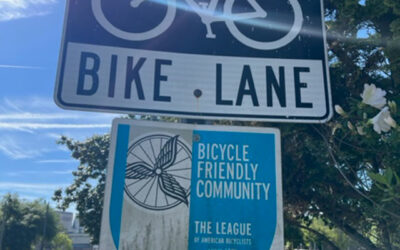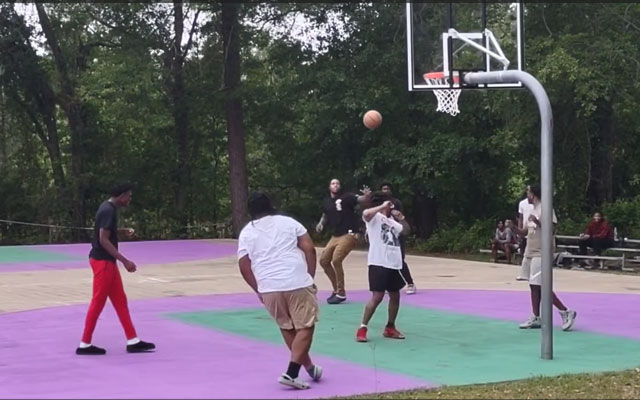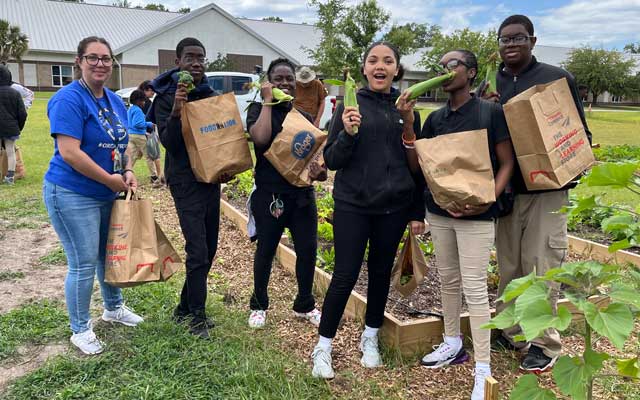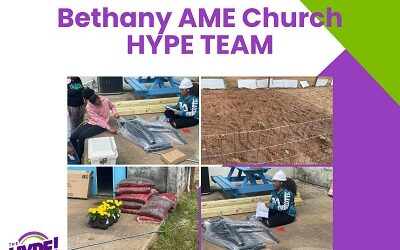Five communities are taking part in the esteemed national Walkability Action Institute and departing with fresh insights into the world of mobility.
News
Community engagement is core to Knights Hill community success
A Wholespire HEAL Mini-grant helps a Camden community gain credibility and a new basketball court.
Clearing a path to agricultural careers with a school-based community garden
Beaufort County group is experiencing “tremendous” growth with a Wholepire HEAL Mini-grant.
Legislative wins set the stage for increased access to nutritious food for all South Carolinians
Now that the legislative session is over, we have reason to celebrate wins addressing healthy eating and active living for all South Carolinians.
Motivate local teens to lead a civic action project through The HYPE Project®
Are you interested in hosting a Healthy Young People Empowerment (HYPE) team to increase access to healthy choices in your community?
Data shows one in seven kids in South Carolina is not properly nourished. Can lawmakers change that?
The Charleston Press
Advocates urge lawmakers to enact ban on ‘meal shaming’ in S.C. schools
WIS-TV Columbia
Advocates urge lawmakers to enact ban on ‘meal shaming’ in SC schools
WCSC Live 5 News Charleston
Proposed law in SC budget aims to end school lunch shaming
WLTX News 19 Columbia









